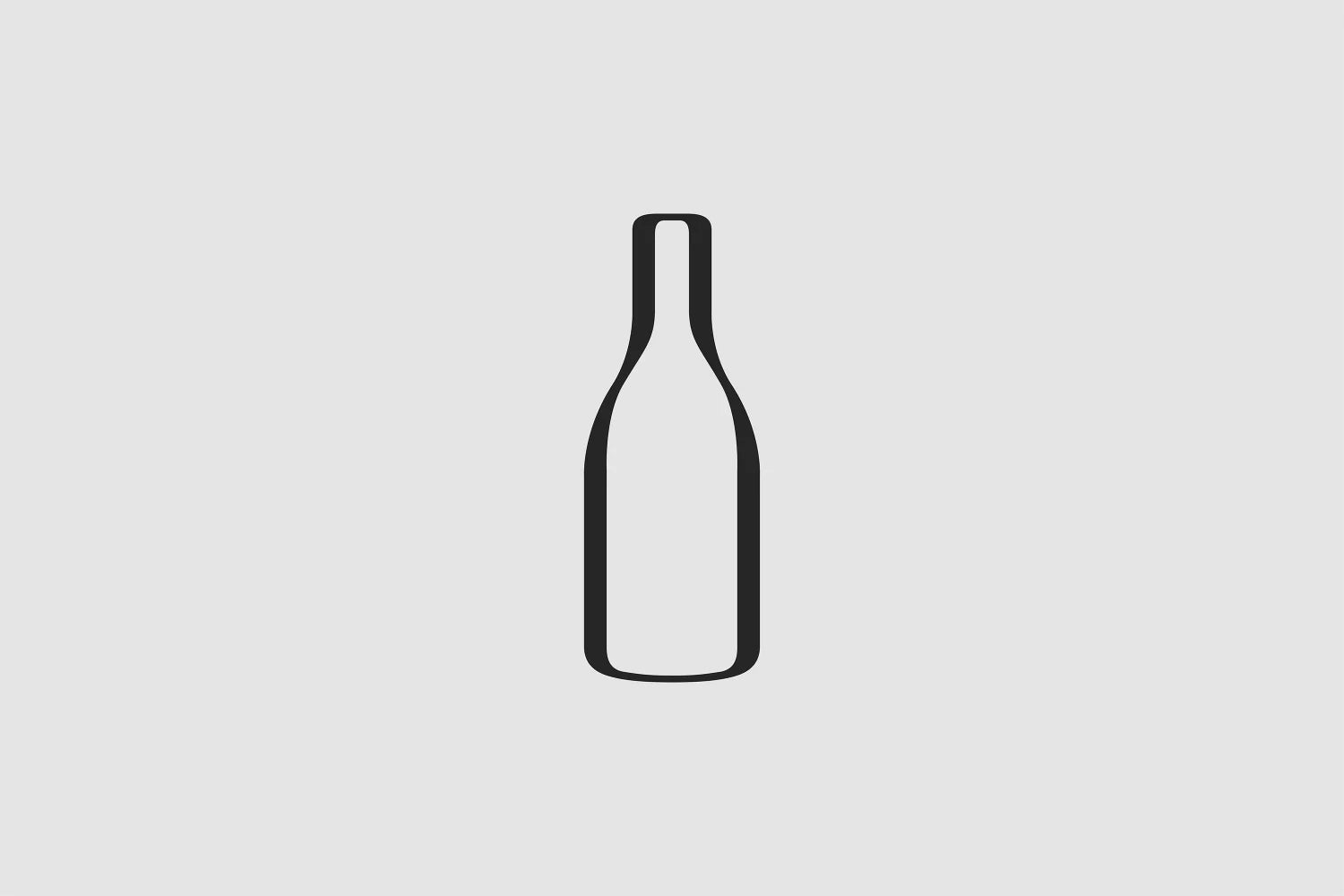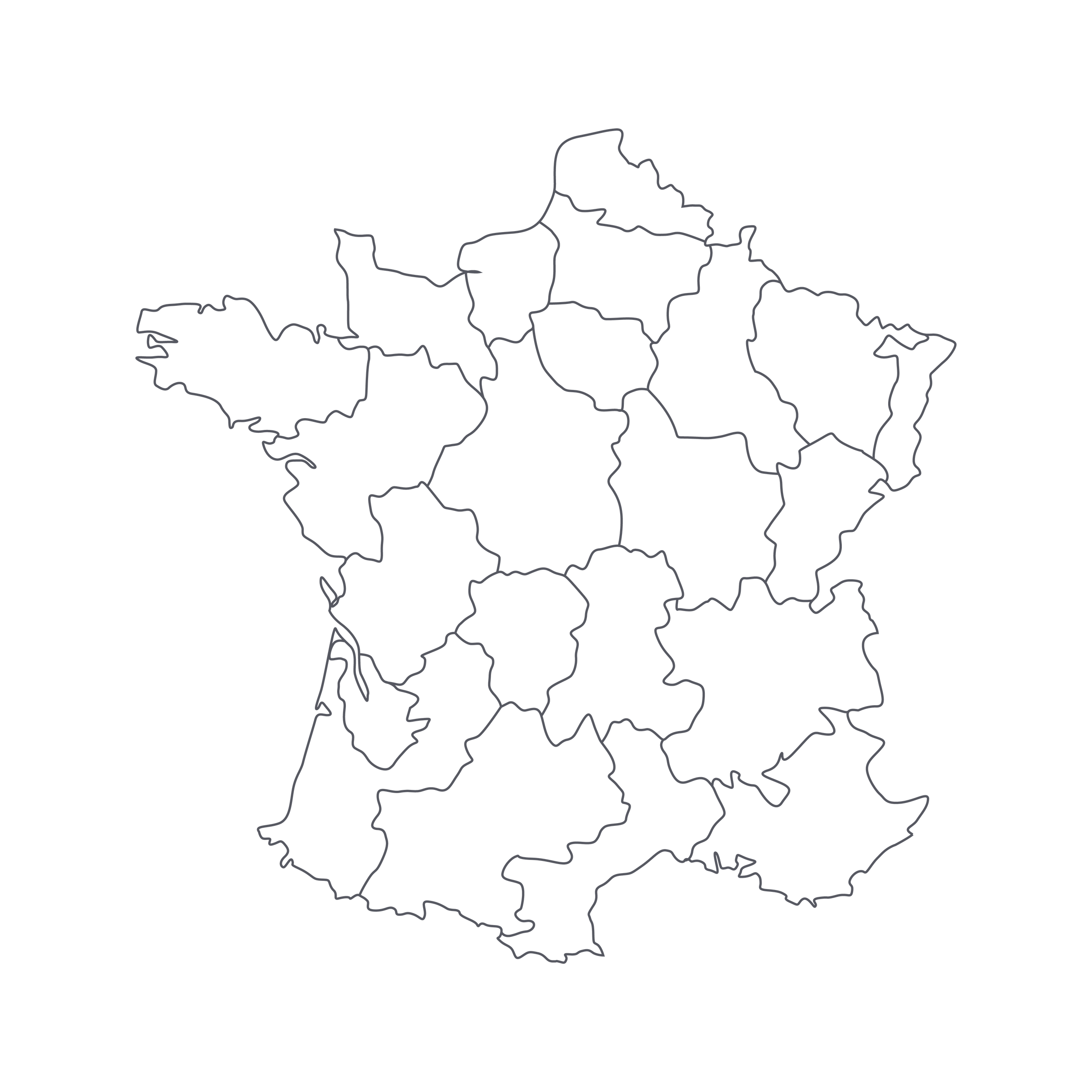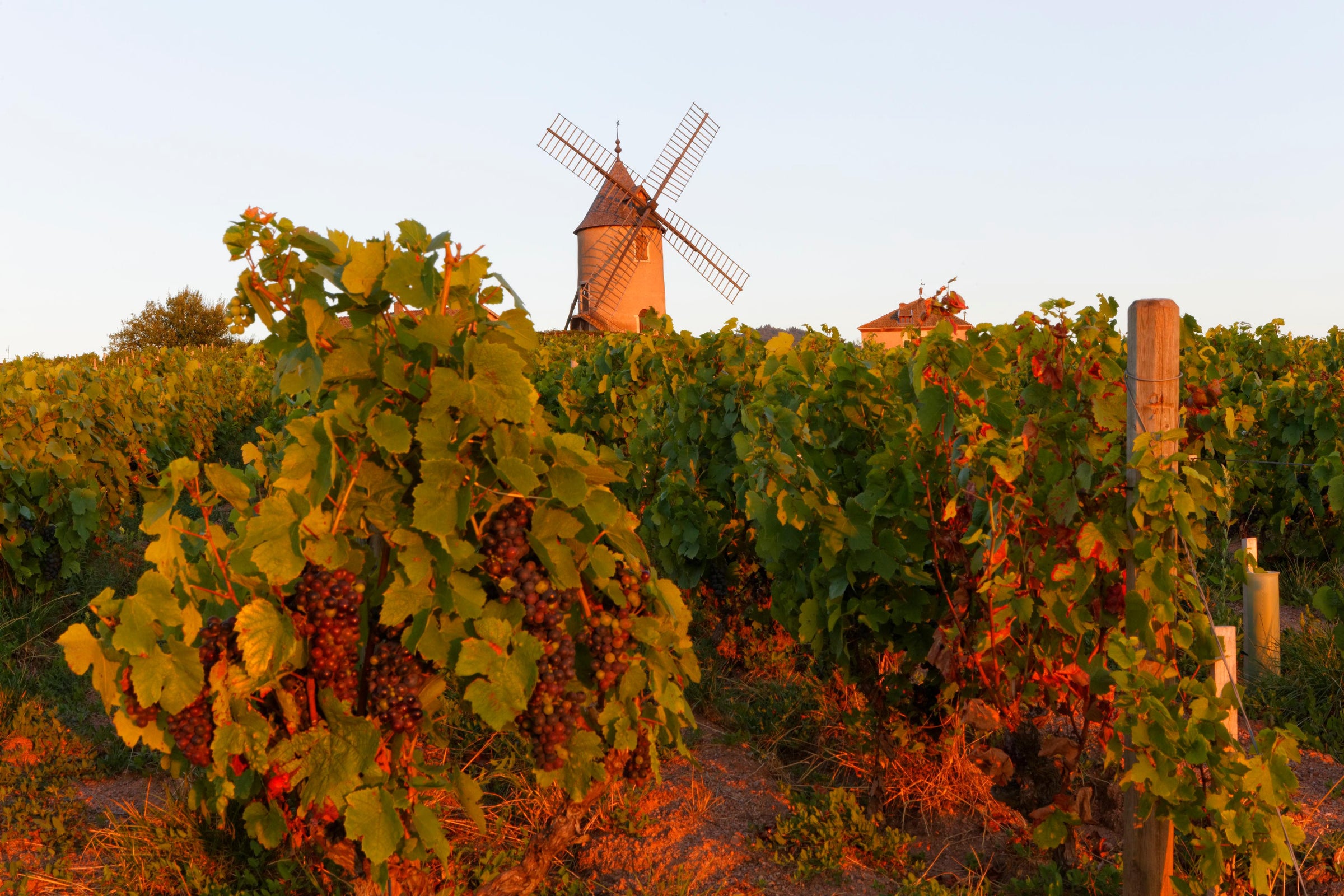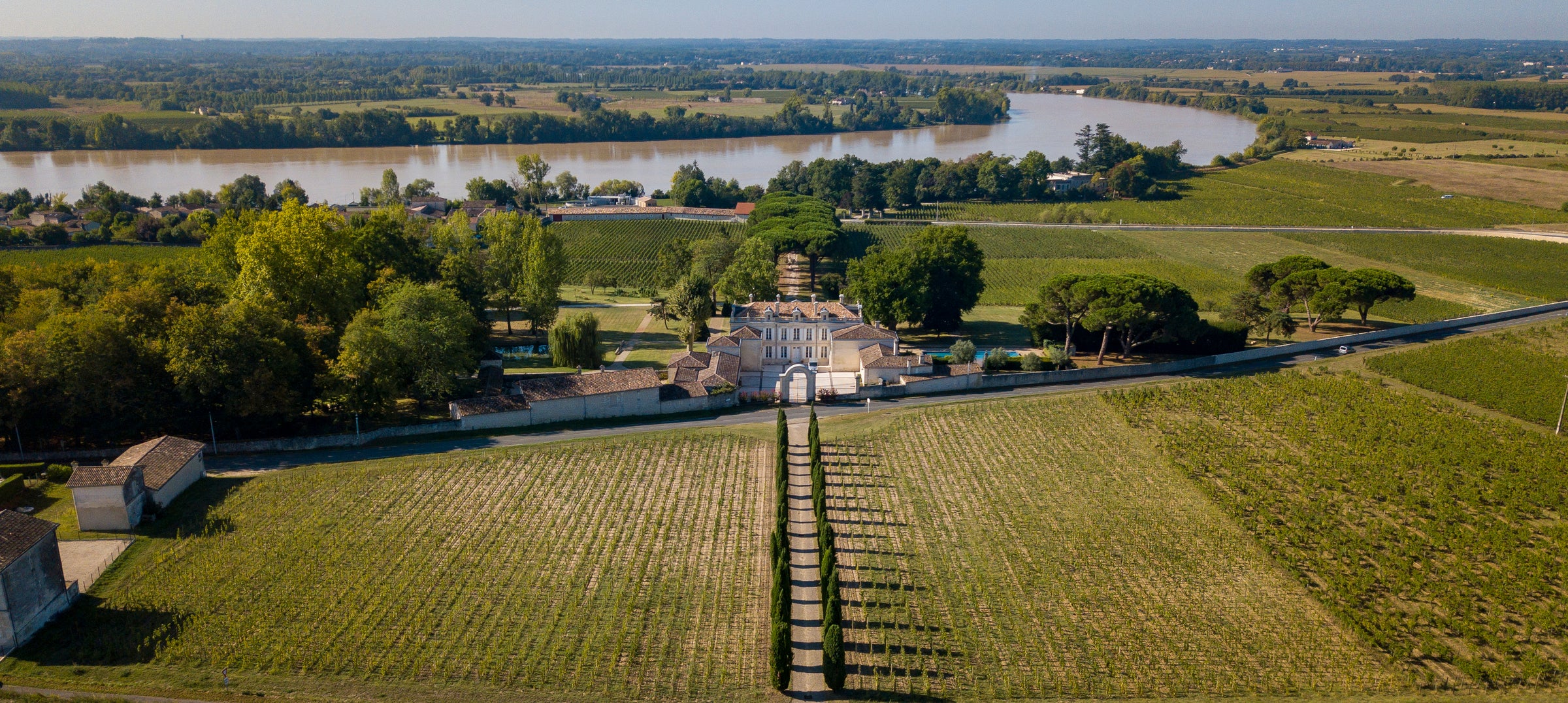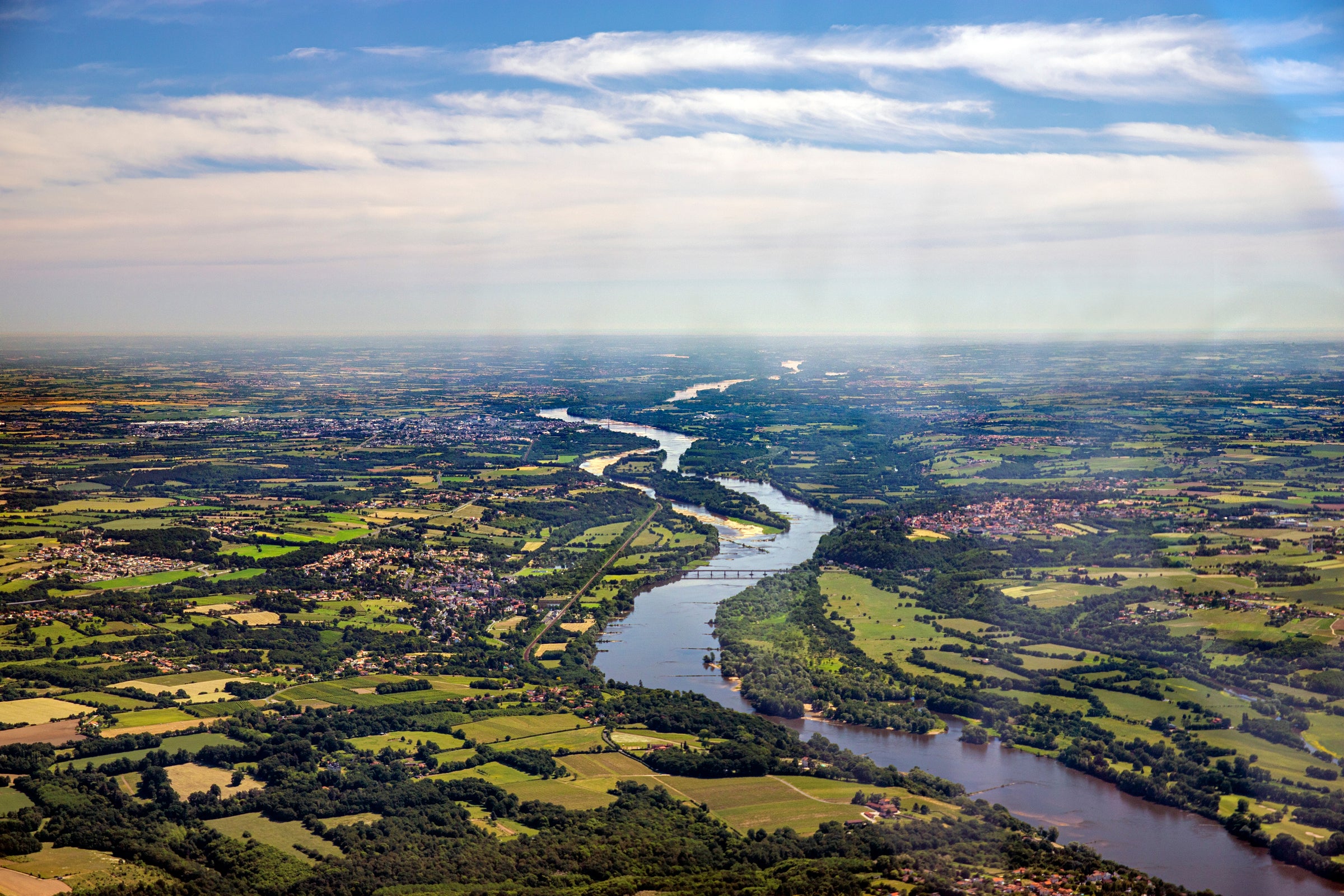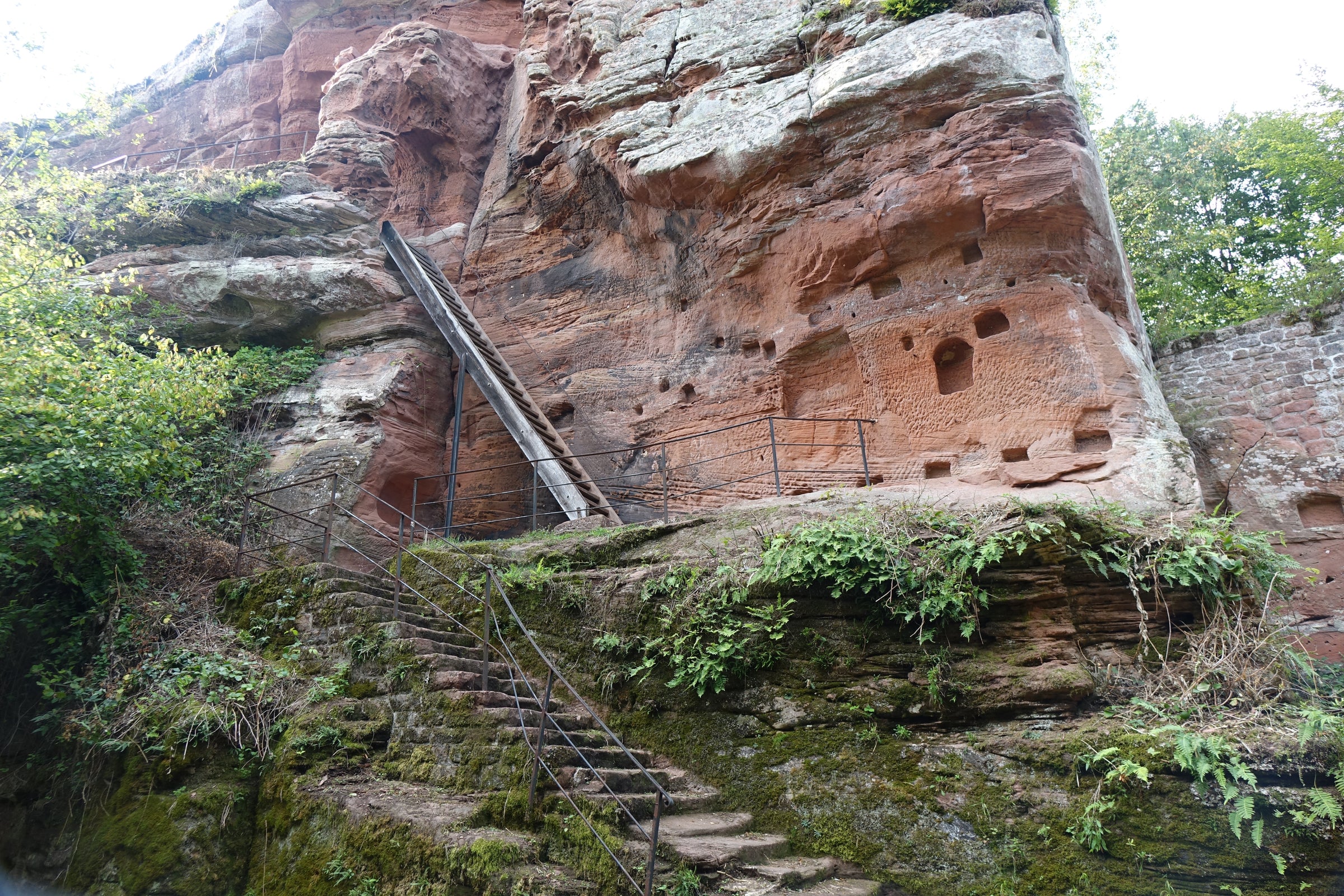We are in love with Barraud’s sensational white wines, as is Burgundy extraordinaire Allen Meadows: “Daniel Barraud is without question one of the finest growers in all of the Mâconnais and there is a credible argument to be made that his remarkable consistency vaults him right to the very top of the list.
Yes, there are other fine growers who sometimes make wines equal to those of Barraud but this man almost never misses.” Small, artisanal producers, like Barraud, offer incredible price to quality and, more often than not, edge out pricier examples from top Côte de Beaune villages (Chassagne/Puligny/Meursault). Today’s 2016 hails from “La Verchère,” a walled single vineyard boasting 70-year-old vines: this handcrafted, barrel-aged Chardonnay has weight, texture, and minerality that rivals the finest of its aforementioned northern neighbors. It’s a stunning treat that shines a spotlight on the jaw-dropping beauty to be be found in Pouilly-Fuissé.
Jean-Marie Barraud, the founding father of this vigneron legacy, started out in 1902 as a sharecropper in Vergisson. In ten short years, Jean-Marie had saved enough money to purchase the first parcels that would become Domaine Barraud. He passed the legacy, then in its infancy, onto Joseph and Marguerite who expanded their holdings with an eye towards premium sites. A natural entrepreneur, Joseph began selling to restaurants and started domaine bottling in the late-1930’s. The following generation, Henri and Monique, inherited quite an established enterprise. Under Henri’s tenure, Saint Véran received its appellation status and the first single-vineyard (“Les Pommards”) was bottled. The fourth-generation, Daniel and Martine, took over in 1979 and maintained the family’s high level of quality, innovation, and single-vineyard focus—Daniel even became a member of GEST Beaune, which focuses on preservation of terroir. In 2006, their son, Julien, joined the family business following his education in Beaune. A traditionalist as well as an inherent innovator, Julien is passionate about vineyard work that results in the translation of terroir. He has implemented and upheld the practices of manual plowing, labor, and harvest, which has achieved incredible results in their special pocket of the Mâcon.
The most prominent landmark of Pouilly-Fuissé is the towering rock of Vergisson and today’s bottling is derived from the entirely south facing parcel of “Verchère” that sits below it. This ancient plot—with vines pushing past 70 years of age—is directly adjacent to the Barraud’s homestead so they are always at-the-ready when tedious work in the vineyard needs to be done. Once the hand-harvested grapes reach the cellar, the Barrauds use a pneumatic press, which preserves the stems and grape seeds of the fruit. The must settles in thermo-regulated stainless overnight before the juice is racked by gravity into barrels. Fermentation and malolactic fermentation is naturally achieved in barrel through native yeasts, and then the wine ages 12 months in oak. Afterwards, the wine is racked into stainless steel tanks where it settles for two months. Filtration is avoided.
In the glass, Barraud’s “La Verchère” shows a straw yellow with slight green and silver reflections leading out to the rim. The voluptuous nose is rich with white peach, yellow apple skin, candied lime peel, pineapple core, orange blossoms, Meyer lemon, and crushed stones. The wine shows serious concentration and richness, yet remains poised and refined on the palate—a classic representation of Pouilly-Fuissé with flashes of high-end Côte de Beaune power. There are supple spices on the finish intermixed with ripe fruit and sheer mineral power. This Chardonnay has a promising life ahead of it, but is already performing at high levels after a quick 30 minute decant. Serve in white Burgundy stems around 50 degrees and match it with a traditional roast chicken à la Provence. Enjoy!
